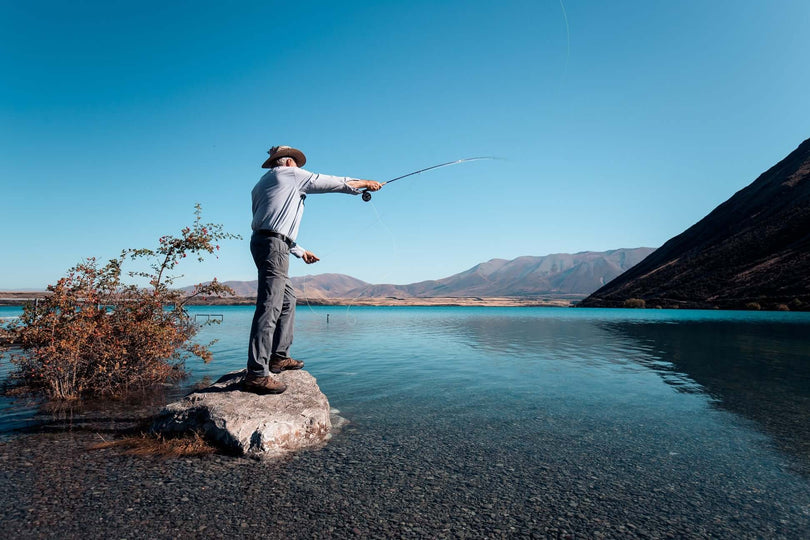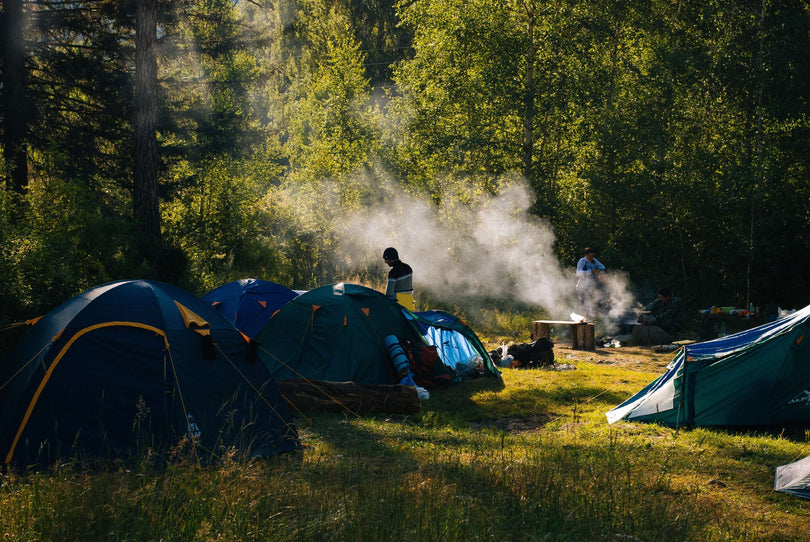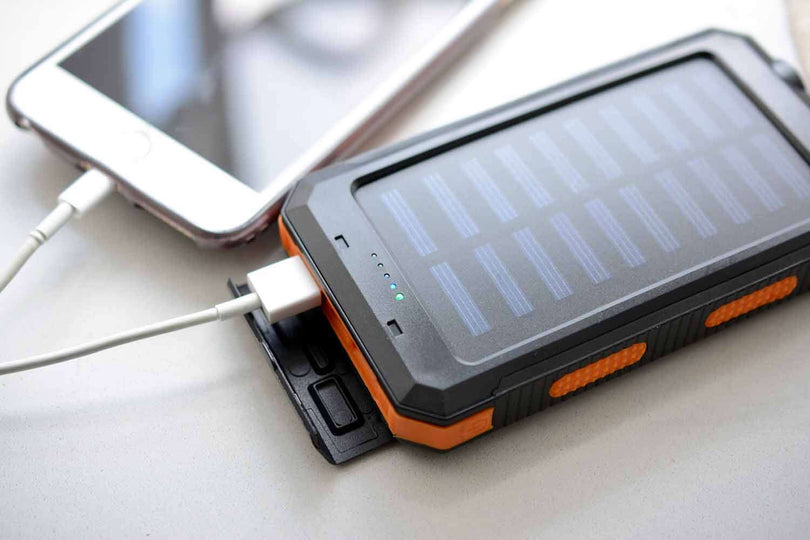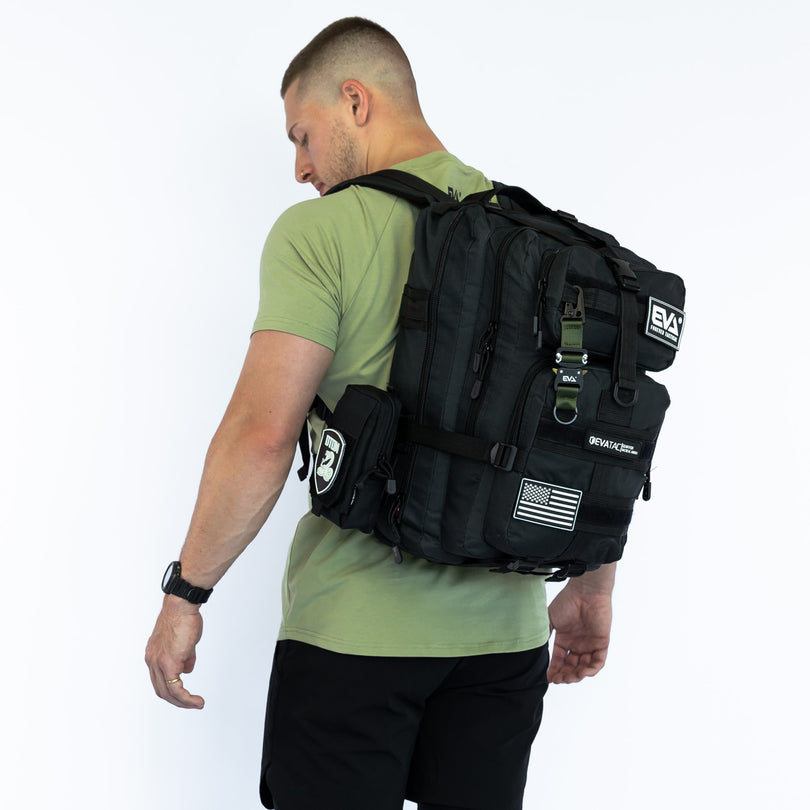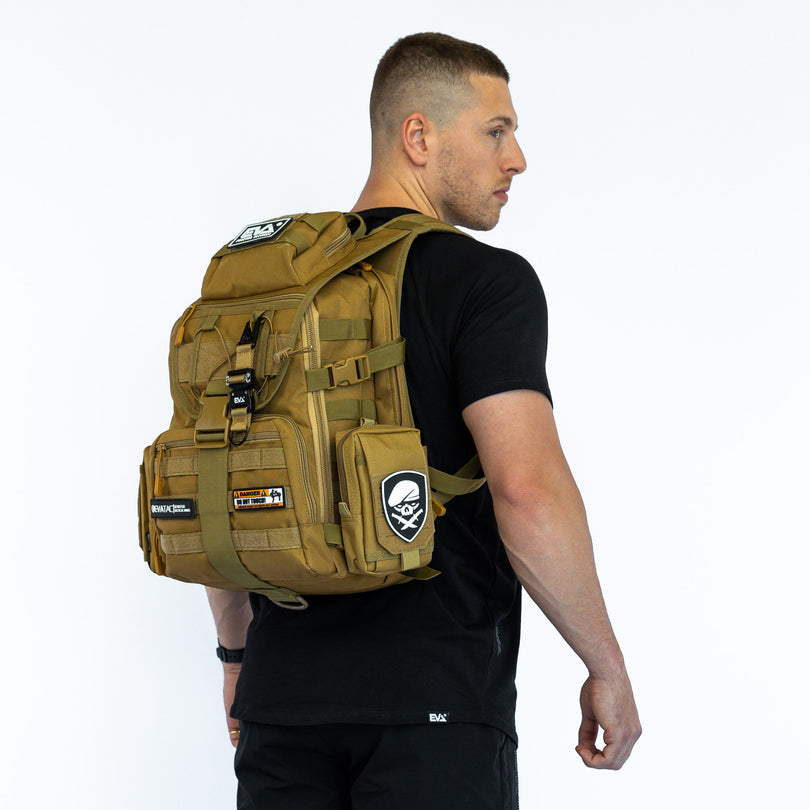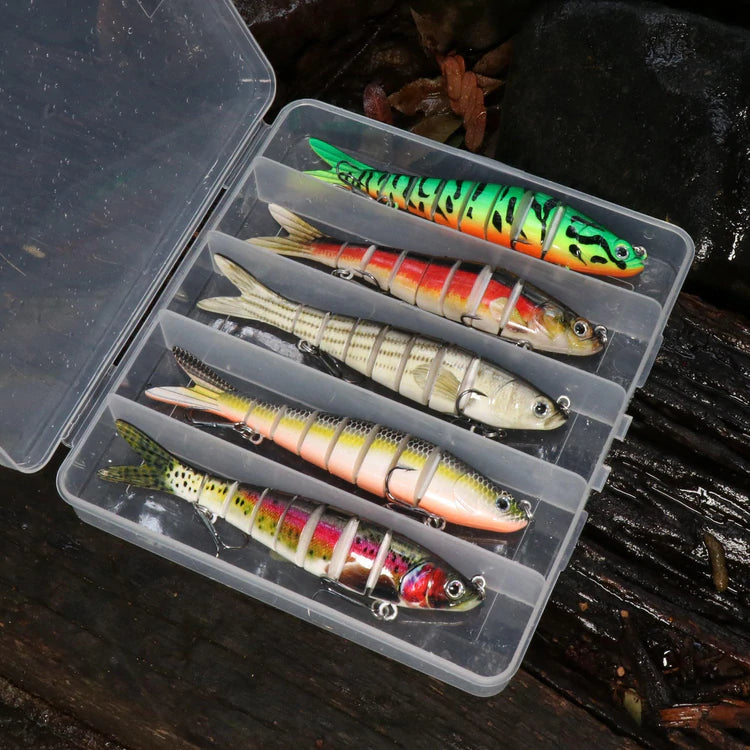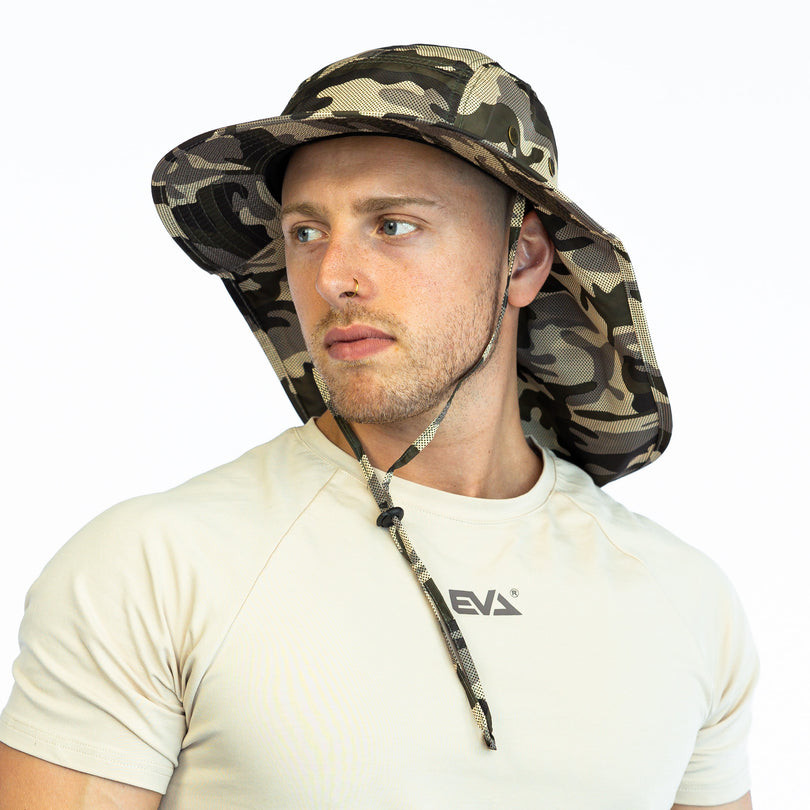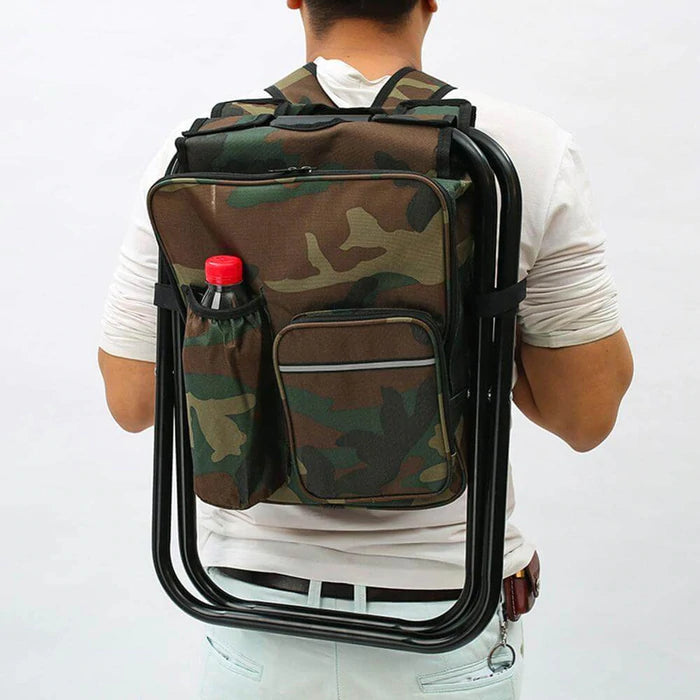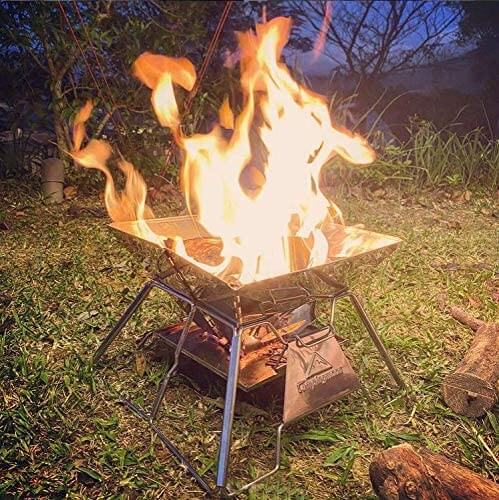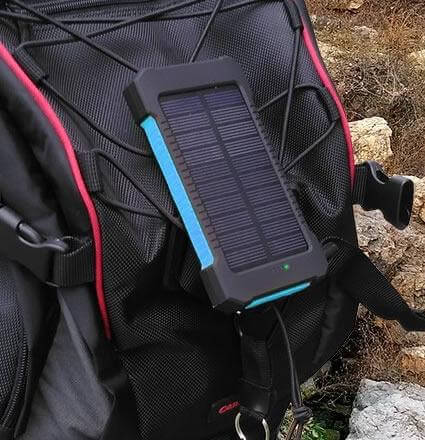Australia’s favorite fish, barramundi are also known as silver perch, nairfish, and Australian sea bass. Barramundi is a catadromous fish that can live in freshwater, saltwater, and estuaries. The barramundi is an iconic fish that is dear to the hearts of many Australian anglers. It’s found in the northern parts of the country from the central Queensland coast, across the Northern Territory, and into Western Australia.
It’s often referred to as the Queensland silver perch or just silver perch for short and is the state fish of Queensland, as well as being one of those “Holy Trinity” species (the other two being marlin and sailfish) that many anglers consider a lifelong goal to pursue.
Barramundi is popular sport fish in Northern Australia and can be caught using a variety of methods; the most popular of which is bait fishing, they can also be found around Indonesia, Papua New Guinea, Malay Peninsula, Borneo, and Vietnam (where they call them “doctor fish”).
If you're looking to catch barramundi, you've come to the right place. In this guide, we'll cover everything you need to know about barramundi fishing, from the best time of day to fish, to the best fishing lures to use.
Barramundi Fishing: The Basics
The Barramundi is a catadromous fish, which means that spends the majority of its lives in freshwater but will migrate to the sea to begin breeding. They are a popular sport fish in Australia, and are known for their large size—they can grow up to 2 meters in length, and weigh up to 150 kilograms. They're also known for their elusive nature—even with all the modern technology at our disposal, it is still hard to catch Barramundi because they are generally very smart, cautious fish. It takes a lot of exquisite fishing skills and high-quality fishing lures to be able to catch barra.
Barramundi has a wide range of habitats, so they can be caught anywhere that has murky waters and an abundance of food sources. They are especially fond of muddy or sandy bottoms where they can find food like small crabs, prawns, and other small crustaceans.
There are a lot of techniques on how to catch Barramundi fish that you can try out. You can use live bait and fishing lures. But the best technique—the one that has been tried and tested time and time again in fishing tournaments all over the world— here are some tips that will help you catch more Barramundi fish.
Choose the right spot
Barramundi loves murky waters, so look for areas with muddy or sandy bottoms where there's plenty of food. Barramundi lives around shallow areas where there are plenty of shelters (from either rocks or mangroves), so you can't usually just cast your line from the shore and expect Barramundi to bite. You need to go after them with a boat so you can access these areas.
Pick the right time
Barramundi are generally most active at dawn and dusk, so these are the best times to try and catch them. The best time to catch Barramundi is during the early morning or late evening when the sun isn't too bright. They are also more active during high tide.
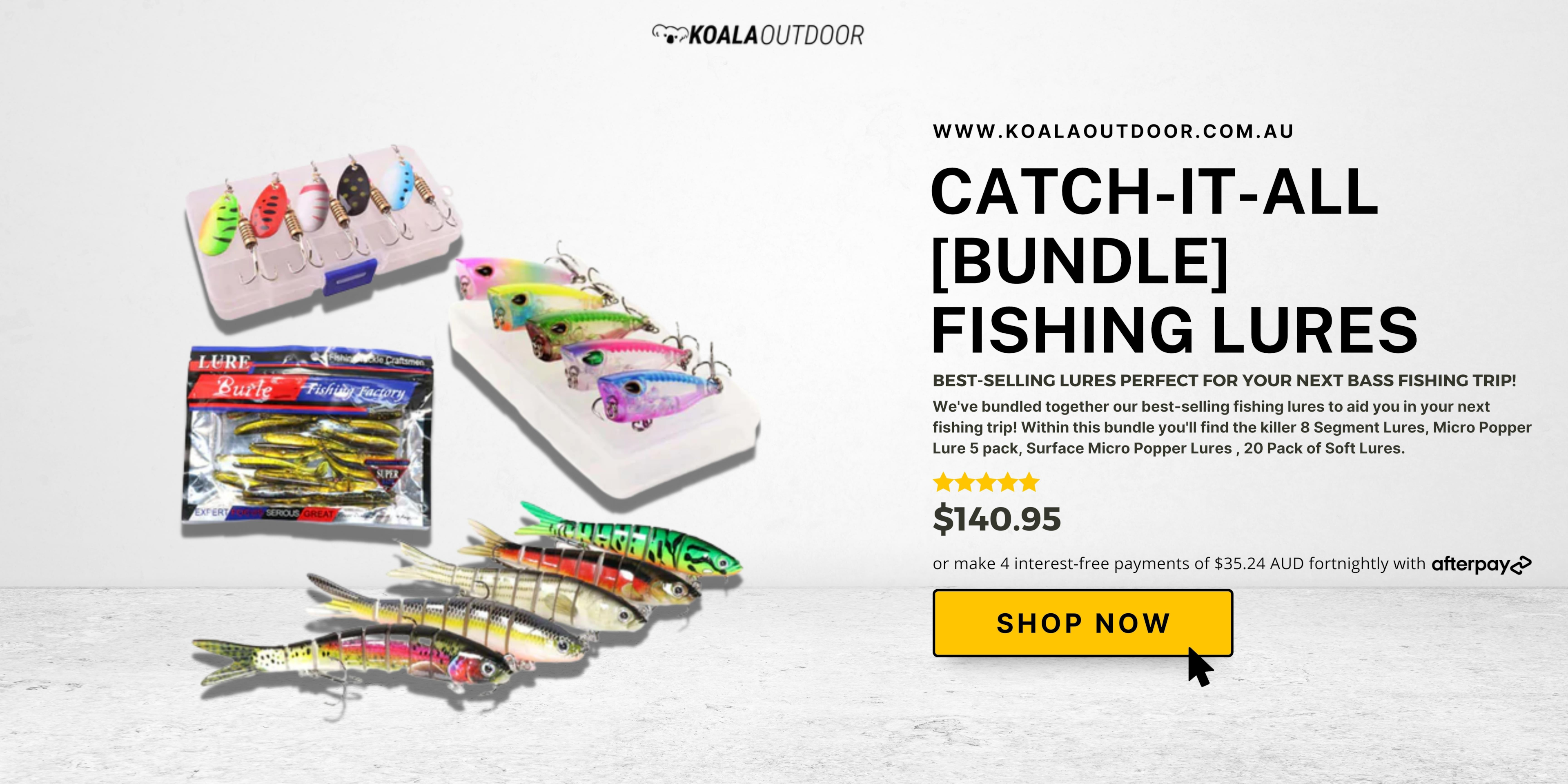 Choose the right lure
Choose the right lure
This is where it gets tricky. Barramundi has very good eyesight, so they can easily spot lures that don't look natural. Barramundi are attracted to shiny objects, so using the best lures that mimic the appearance of small fish or prawns is usually a good bet. Vibration is also key—Barramundi are attracted to movement, so it's important to use a lure that creates a lot of vibration. This will help to attract the fish and get them to bite.
Koala Pro Tip: When lure fishing, retrieve slowly. Barramundi are lazy ambush predators that wait for an easy target to pass by. Generally, they won't pursue a fast-moving lure.
Use the right gear
When fishing for barramundi, it's important to use the right gear. The fish are known for their strong fight, so you need to have a good quality rod and reel that can handle the strain. Line choice is also important. Use a monofilament line with a breaking strain of at least 20lb. For leader material, use fluorocarbon or nylon.
Try using bait
Sometimes, the best way to attract Barramundi is by using live bait like prawns, worms, or small fish. You can either use a baitcaster and cast your line near where you think the fish are or use a handline so you can keep your bait in constant motion and entice the Barramundi to bite.
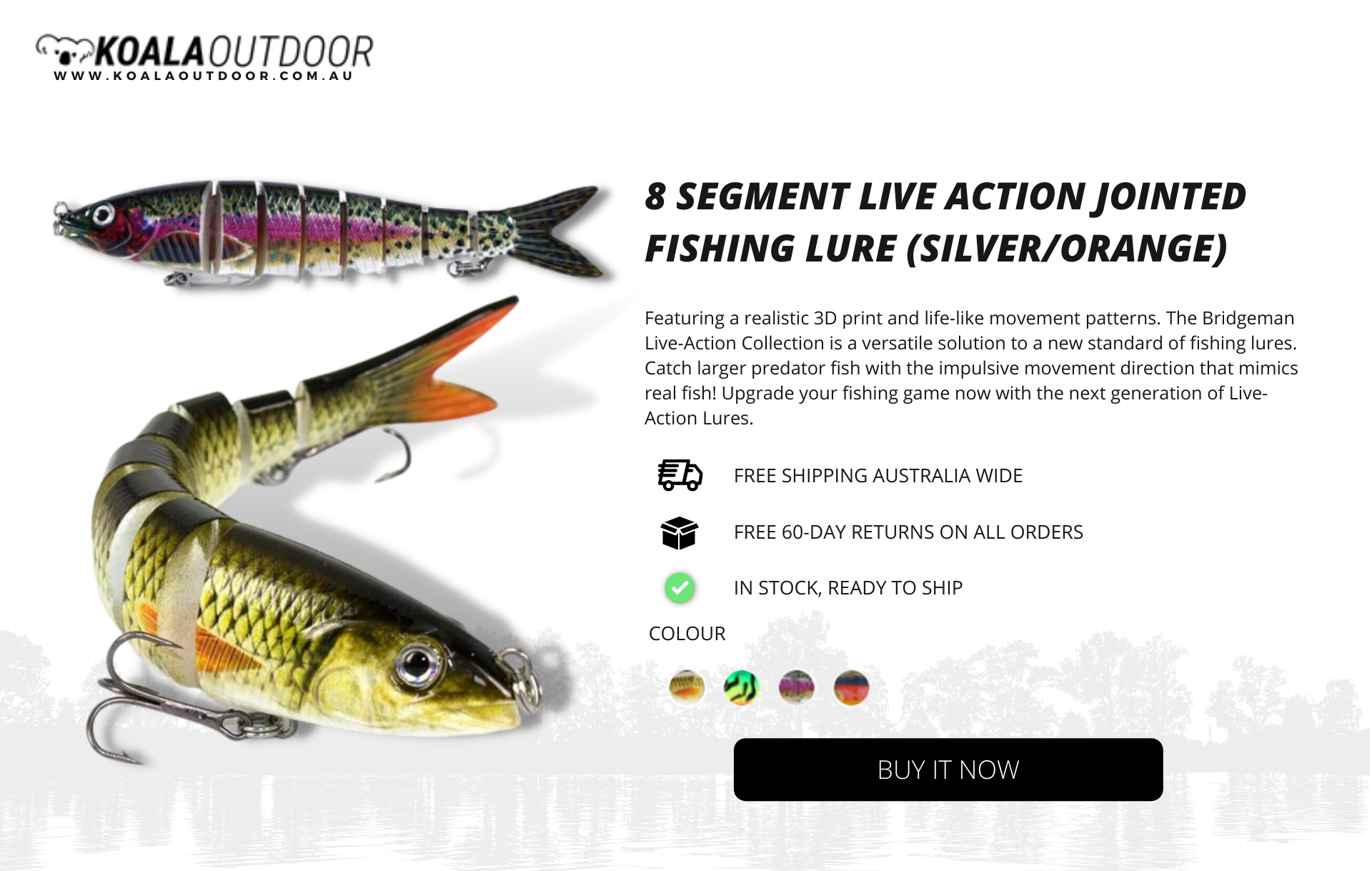 Use segmented lures that look like bait
Use segmented lures that look like bait
Another great way to attract Barramundi is by using hard body lures like Bridgeman 8 Segmented Live-Action Lure that mimics their natural diet. Some of the most popular fishing lures used for Barra fishing are soft plastics, spinnerbaits, and surface lures. These lures come in a variety of sizes, shapes, and colours, so it's important to experiment until you find the ones that work best in your particular fishing situation.
Barramundi are a popular target for recreational and professional fishermen alike. Use this guide to help you catch more fish with the right lures. By following these tips, you'll be able to improve your chances of success and have a lot more fun while fishing for Barramundi.
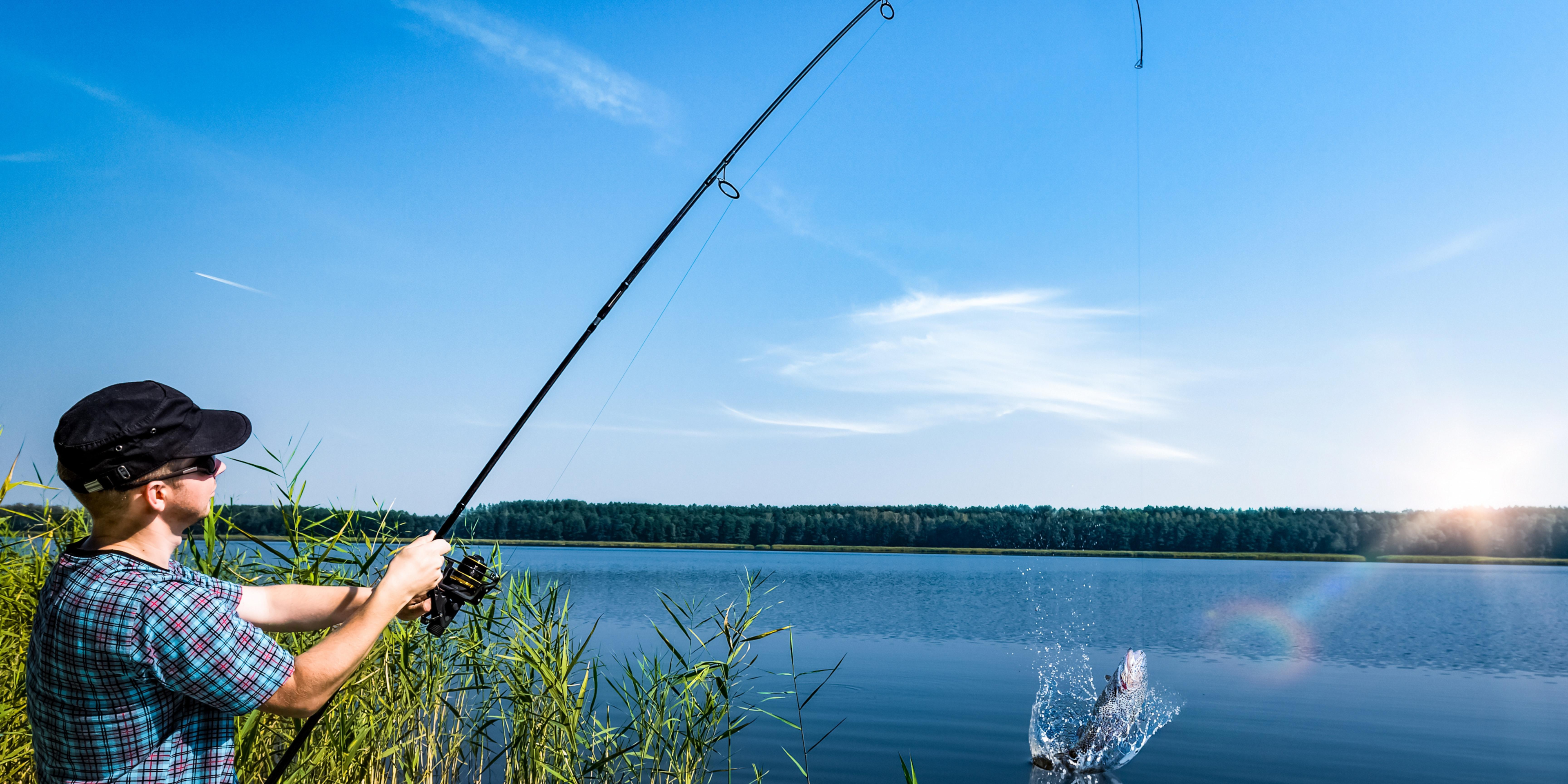 Where to Fish for Barramundi in Australia?
Where to Fish for Barramundi in Australia?
The barramundi is a native Australian fish that thrives in the rivers, streams, and estuaries around the country. Because of their size and flavour, they are considered a delicacy by many. It is also a popular fishing catch—the Western Australia Tourism Council claims that over 46,000 people go barramundi fishing every year.
When choosing your destination, keep these tips in mind:
- Consider the time of year and the weather conditions. The barramundi season typically runs from May to October, but the best months for fishing are usually July and August.
- Know the local regulations. Make sure you have the proper licenses and permits before heading out.
- Choose a location that suits your fishing style. If you're planning on using a boat, make sure the location you choose has access to launching facilities.
- Have the right gear. Barramundi are strong fish, so you'll need a good quality tackle that can handle their size and strength.
- The Mary River is home to one of the biggest barramundi populations in northern Queensland. If you're looking for easier access but more rules regarding how you can fish, then the Mary River is your best option. Located about 70km southwest of Brisbane, the lower reaches contain plenty of cover and structure to provide feeding opportunities at both the top and bottom ends of tidal movements.
- The Burnett River in Bundaberg, far North Queensland is an excellent spot for chasing barra, especially around upstream tidal movements reaches where there's plenty of structure like snags, logs, and mangroves to provide cover.
- The Daly River, located on the border between Northern Territory and Queensland, is another great fishing spot for barra. If you're looking to travel somewhere with some really spectacular scenery while still being able to catch plenty of fish, then head up north to the Daly River
- If you're an experienced fly fisherman and want to try your luck at catching a big one, then head west to the Ord River.
No matter where you choose to go barramundi fishing in Australia, be sure to have all the necessary licenses and permits before heading out. And most importantly, remember to always practice catch and release so that future generations can enjoy this great sport.
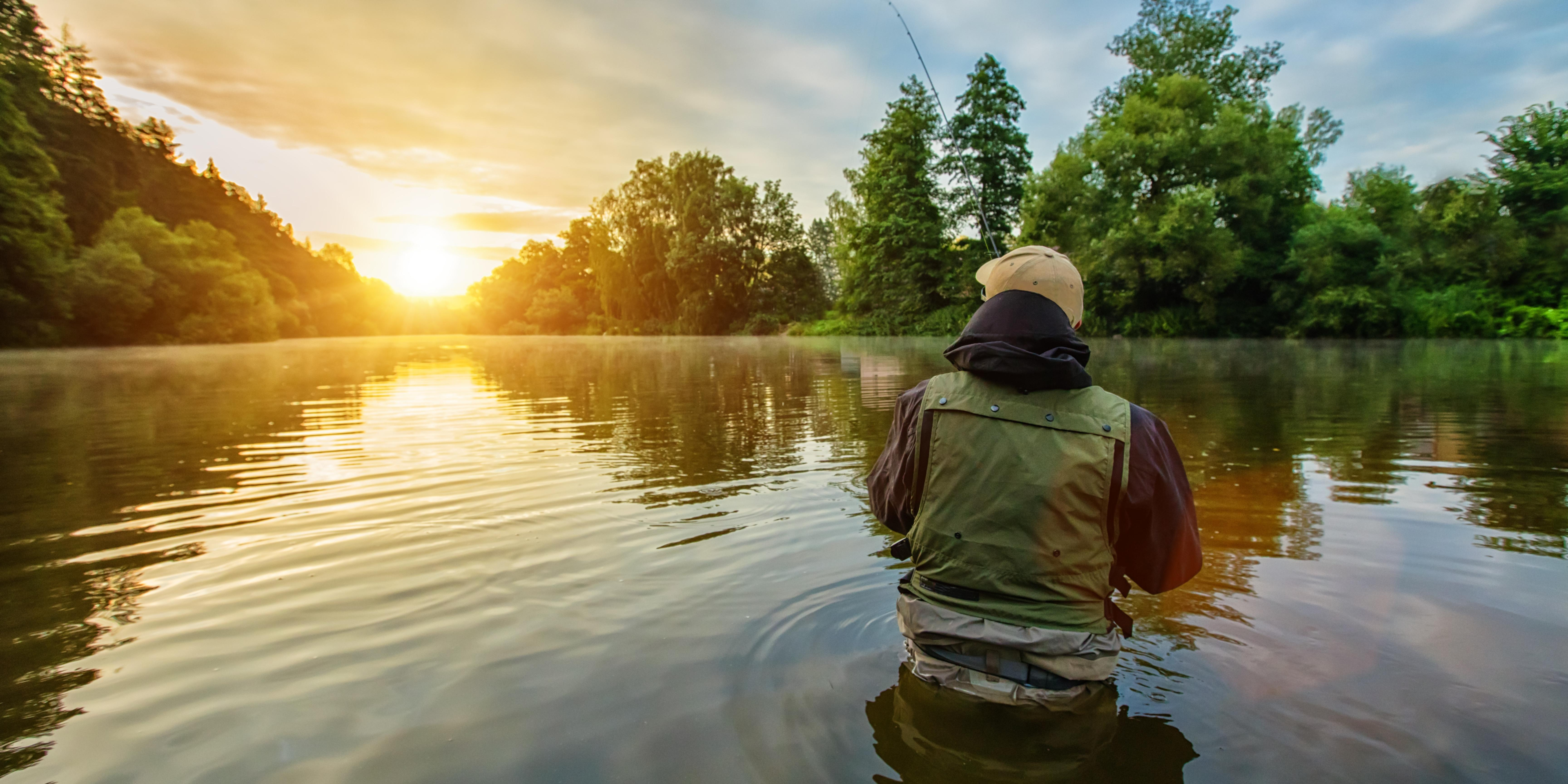 What is the best time to catch barramundi?
What is the best time to catch barramundi?
The first thing to know is that saltwater barra are found in freshwater lakes, rivers, creeks, and reservoirs. They aren’t ocean fish like some other sportfish, because they prefer the safety of freshwater environments that don’t have strong tides or currents. The main season is from October through March, but you can find them throughout the year if you know where to look.
When you're planning your next fishing trip, keep these tips in mind to make the most of your time on the water.
RIVER TIP: Barramundi love shallow waters, so they hang out in river channels that are close to the banks. You'll also find them in deep holes near the bank, and they can be easily caught by casting into those fishing spots. The best barramundi fishing is usually done at dawn or dusk during the summer, and it's best during winter in areas with warmer climates.
LAKE TIP: Barra loves to hang out under floating vegetation, like reeds or hydrilla. It's not uncommon for anglers to find them resting underneath their favorite cover, so it's a great idea to cast into those areas when you're looking for your next big catch.
DAM TIP: When barramundi are spawning, they congregate in the deep waters of dams and impoundments. This is when they're most vulnerable to being caught, so it's a good idea to fish in those areas during the spawn. The best time to fish for barramundi in dams is during the summer months.
ESTUARY TIP: Barramundi can be found in both freshwater and saltwater environments. In estuaries, they often inhabit the brackish waters where the two meet. The best time to fish for barramundi in estuaries is during the wet season when the water is highest and the fish are most active.
OFFSHORE TIP: Barramundi are also found in the open waters of the sea. They often inhabit reefs and other structures that provide them with shelter from the currents. The best time to fish for barramundi offshore is during the summer months when the water is warmest and the fish are most active.
By following these tips, you'll be well on your way to catching barramundi like a pro!
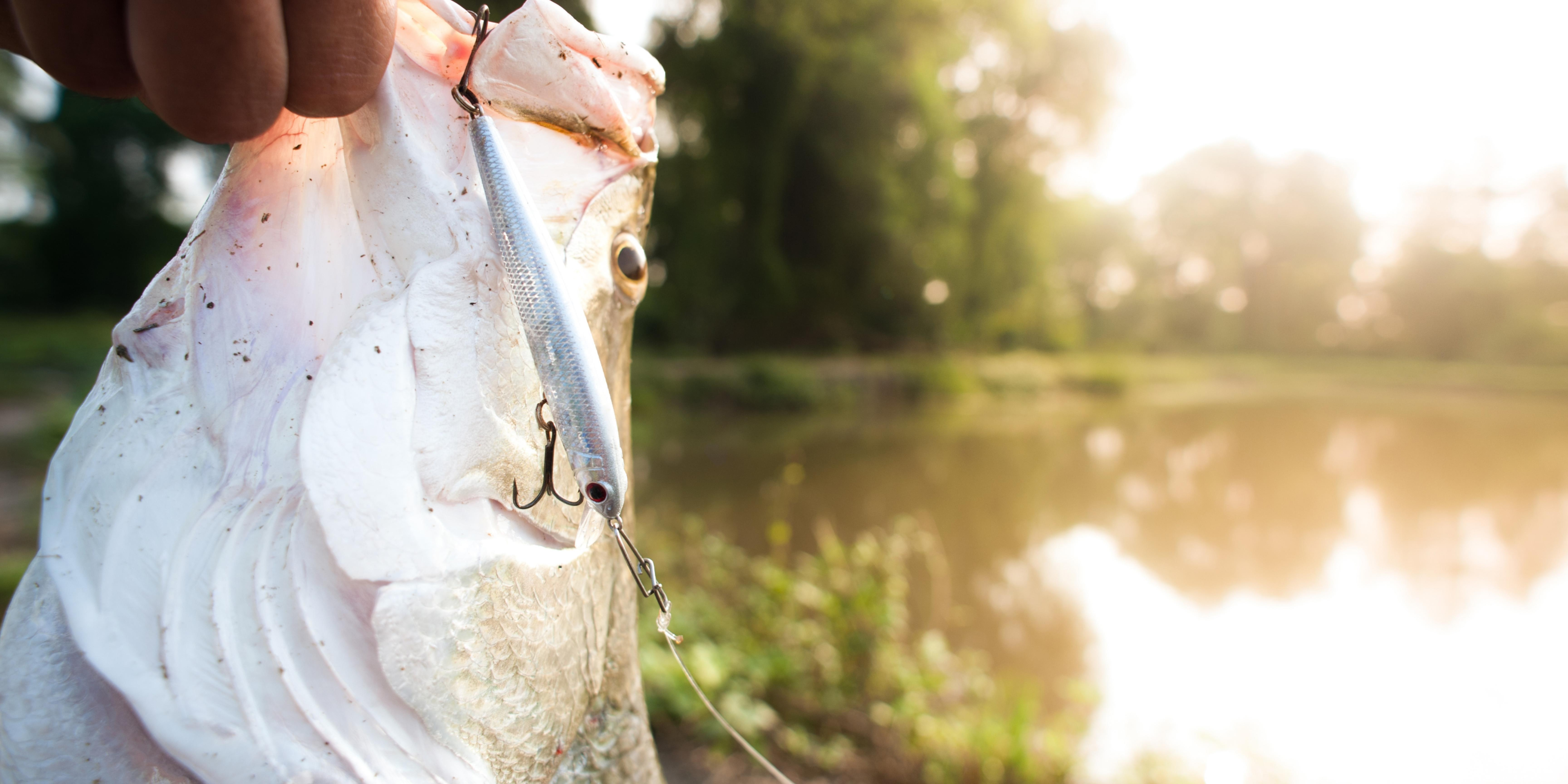 Which lure is best for barramundi?
Which lure is best for barramundi?
Barramundi is Australia's most popular sport fish. Barra varies greatly in colour from silver to muddy brown depending on whether they are sea run or estuarine fish. This species is not easily mistaken for any other species. There are different species of fish in Australia but the most common one is the giant Barramundi. In fishing competitions, they are always a crowd favourite because they are extremely fast and very difficult to catch.
There are many ways to catch Barramundi but if you want to catch this particular type of fish, you have to use lures. If you plan to use lures, here are some tips that will help you catch more Barramundi fish.
These tips will help you learn how to catch Barramundi using lures:
Use A Heavy Action Rod That's Designed For Heavy Jigs And Lures
A heavy action rod is a must-have when you're trying to catch Barramundi. This is because Barramundi has a lot of strength. It can pull off some great stunts and show off its power when it sees a lure coming its way. You need a sturdy rod that can withstand what the fish can throw at it.
Make Sure To Get The Right Size Of Fishing Lure
You'll know if the lure is too big or small when you try to use it. If it's too big, the fish won't be able to take it in. If it's too small, the fish will just spit it out. Barramundi are attracted to lures that are around the same size as their food so make sure to get a lure that's close to the size of their prey.
Use A Lure That Has A Lot Of Movement
Plastic fishing lures are great for catching barramundi. They are attracted to lures that create a lot of vibration. This is because it resembles the movement of their prey. When they see the lure, they'll think that there's an easy meal nearby. Plastic fishing lures also come in a wide range of types. Choose a lure that has a lot of movement so you can increase your chances of catching barramundi.
Use The Right Colour Of Lure
The colour of the lure is also important. In clear water, use brighter colours and in murky water, use darker colours. This is because barramundi can see better in murky water and they're attracted to bright colours.
Use A Monofilament Line With A Breaking Strain Of At Least 20lb
Barramundi are strong fish and they can easily break a weak line. This is why it's important to use a monofilament line with a breaking strain of at least 20lb. This will help you avoid losing the fish and increase your chances of landing a big one.
Now that you know how to catch Barramundi using lures, it's time to put these tips into practice. Go out there and try your luck. With a little bit of patience and practice, you'll be catching Barramundi in no time.
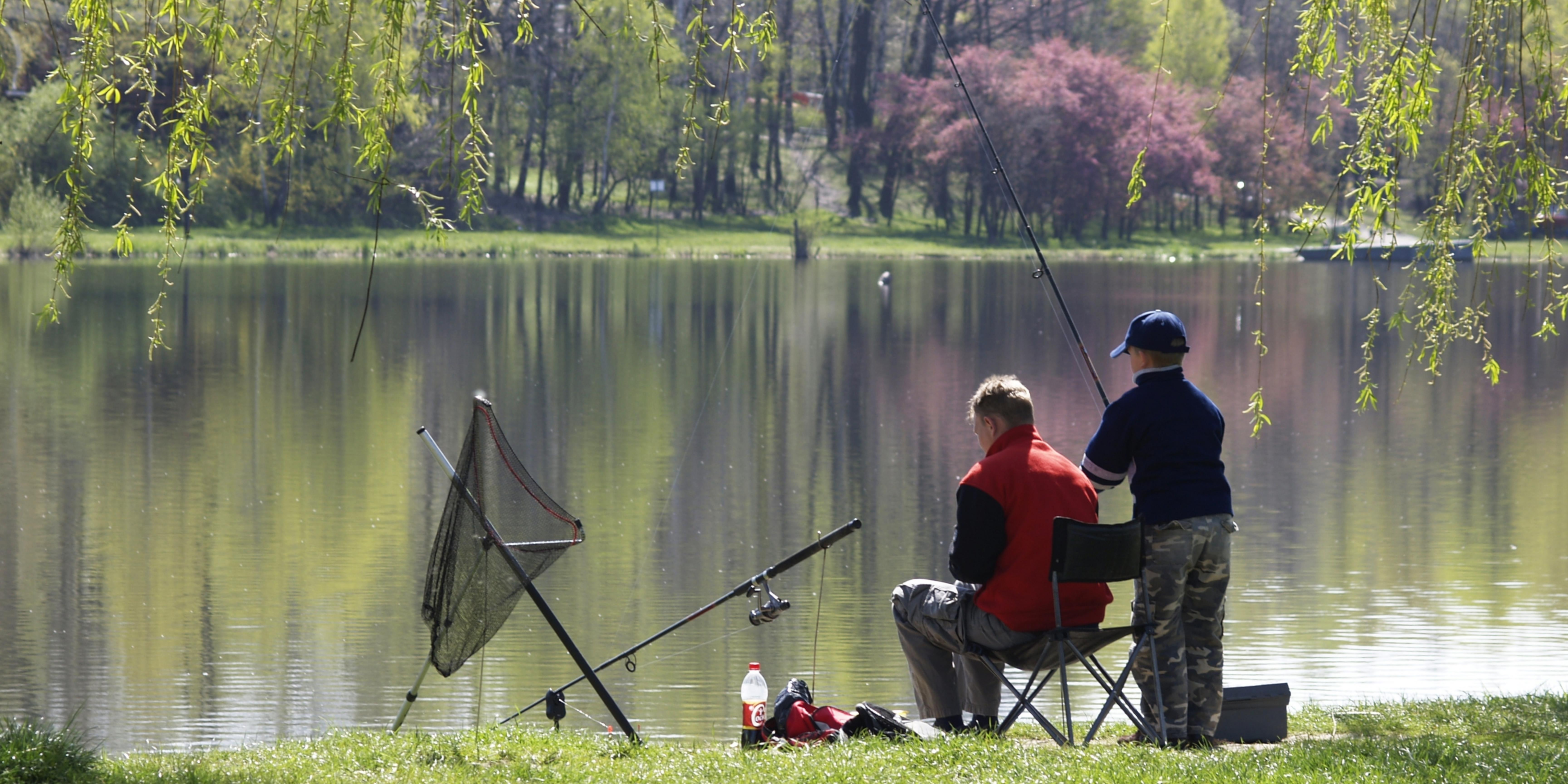 How do you lure fish for barramundi?
How do you lure fish for barramundi?
Barras are ambush predators; they like to sit around and wait for prey to swim by, then pounce on it. The best lure for them will create a lot of vibration so that it looks like something alive (like a fish) has been injured and is trying to escape from the area. So, if you want to catch barramundi, use a lure with lots of movement.
When selecting a lure, consider the clarity of the water. If you're catching fish in murky water, it might mean you need to use a darker colour. In clear water, brighter colours catch more attention. The best colours to use are silver, gold, red or white.
As far as lures go, there are many types you can choose from. Some have feathers on them while others have a rattle inside to simulate the noise of a wounded fish. I like to use a tube lure with a hook on each end because it's easy to cast. Also, if you lose one end of your hook, you won't lose the whole lure!
Barramundi are attracted to movement so it's important that you use a lure that creates a lot of vibration. This will help attract barramundi and get them to bite.
Barramundi fishing gear checklist
When it comes to catching barramundi, there are a few things you need to know. Firstly, barramundi are attracted to bright colours, so make sure your lure is brightly coloured. Secondly, they prefer plastic fishing lures over live bait or a surface lure. Thirdly, they like to hang out in deep water, so make sure you're fishing in a spot where the water is at least 3 metres deep.
Finally, use a lure that's the right size and shape for the environment you're fishing in-if you're in a murky river, use a smaller, more compact lure; if you're fishing in open water, use a larger, brighter lure.
- Rod and reel: Choose a rod that's medium-heavy to heavy in weight with fibreglass or graphite construction. Your reel should have an open face design with a strong drag system.
- Fishing line: Use a monofilament or braided line that's at least a 15-pound test. This will ensure that your line doesn't break when you're casting into deeper waters.
- Lures: Soft plastic fishing lures are the best choice for lure fishing. Look for lures that are 4 to 6 inches in length and have a lot of action. Vibrant colours such as silver, gold, red or white work well.
- Hooks: Use sharp hooks that are the appropriate size for the lures you're using. For example, if you're using 4-inch lures, size 2/0 hooks would be a good choice.
- Sinkers: Weighted sinkers are helpful in getting your lure down to where the fish are swimming. The size and type of sinker you use will depend on the depth of the water and the type of bottom structure.
- Swivels: Swivels help to prevent your line from twisting. They also make it easier to change out your lures.
- Leaders: Use leaders that are 30 to 40 pounds in strength. This will help to prevent your line from breaking when a barramundi hits your lure.
- Pliers: A good pair of pliers is essential for removing hooks from fish.
- Landing net: A landing net will make it easier to bring your fish into the boat or onto the shore.
- Bait: If you're not using lures, you'll need bait to attract barramundi. Some of the best baits include live prawns, shrimp, herring, mullet, and worms.
With the right equipment, you'll be well on your way to catching barramundi like a pro!
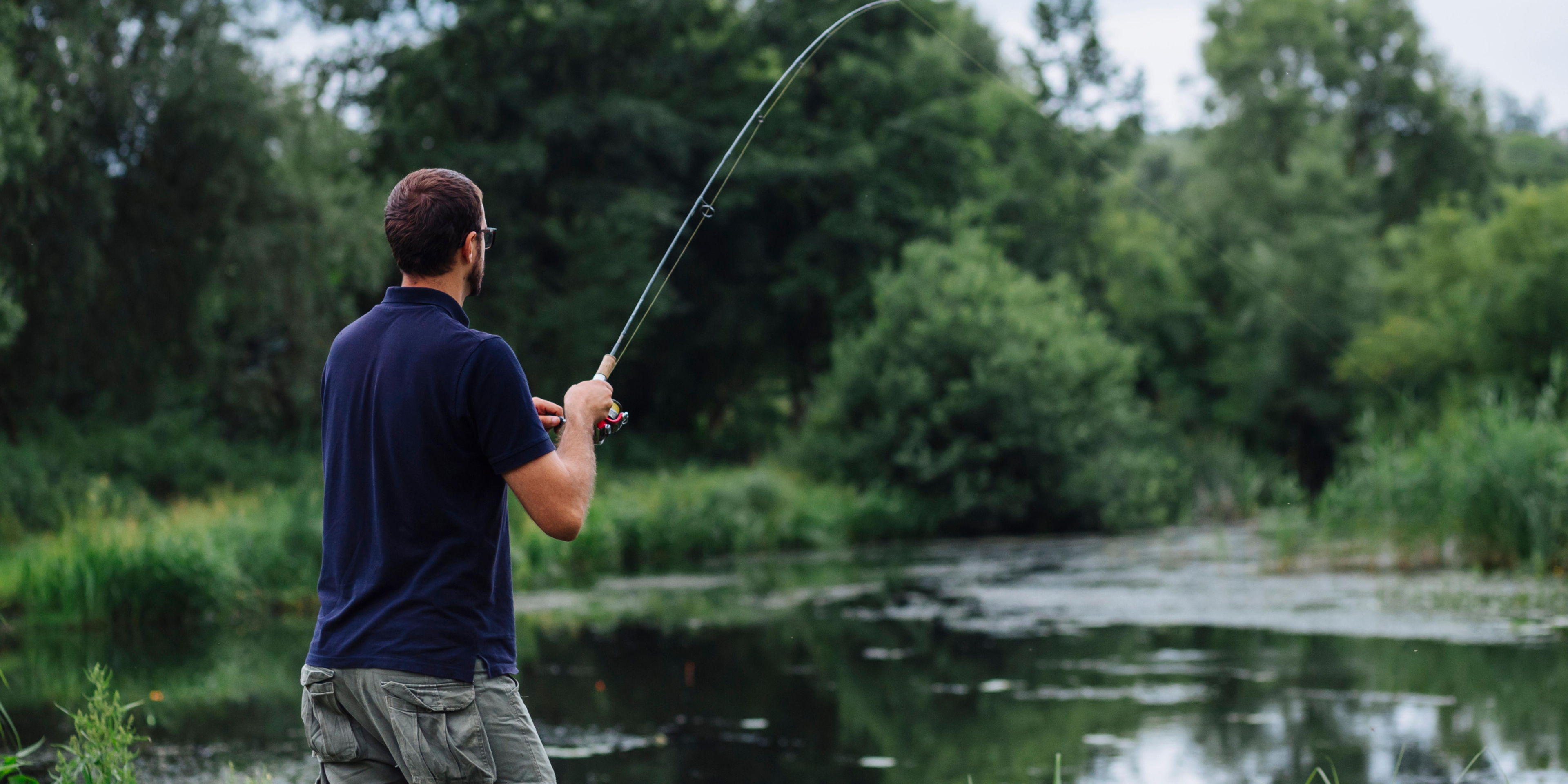 Are barramundi hard to catch?
Are barramundi hard to catch?
No, barramundi are not hard to catch. However, they can be difficult to find. The best way to find them is to fish in areas where they are known to inhabit. Once you've found a good spot, use the right lures and techniques to increase your chances of success. The two most popular fishing methods for catching barramundi fish include trolling and casting for them with artificial lures such as poppers, minnow lures, spoons, and plugs.
Koala Pro Tip: They don't like going out to feed, but will rather wait for their prey to pass by and that's when they make their move. You have more chances of catching barramundis if you get your lure near their current location. Slowly move the lure closer to barra's nose since they don't usually go for a fast-moving lure.
However, barramundi aren't exactly known for their eagerness to jump into your boat. In fact, they're very cautious and shy, so you have to be extra patient when trying to reel in a barra. But it's definitely worth the wait! Once you've had your fill of barramundi, you can use the rest of the fish as bait to catch even more. If you're interested in learning how to fish but aren't sure where to find barramundi, don't worry; there are plenty of places where they can be found.
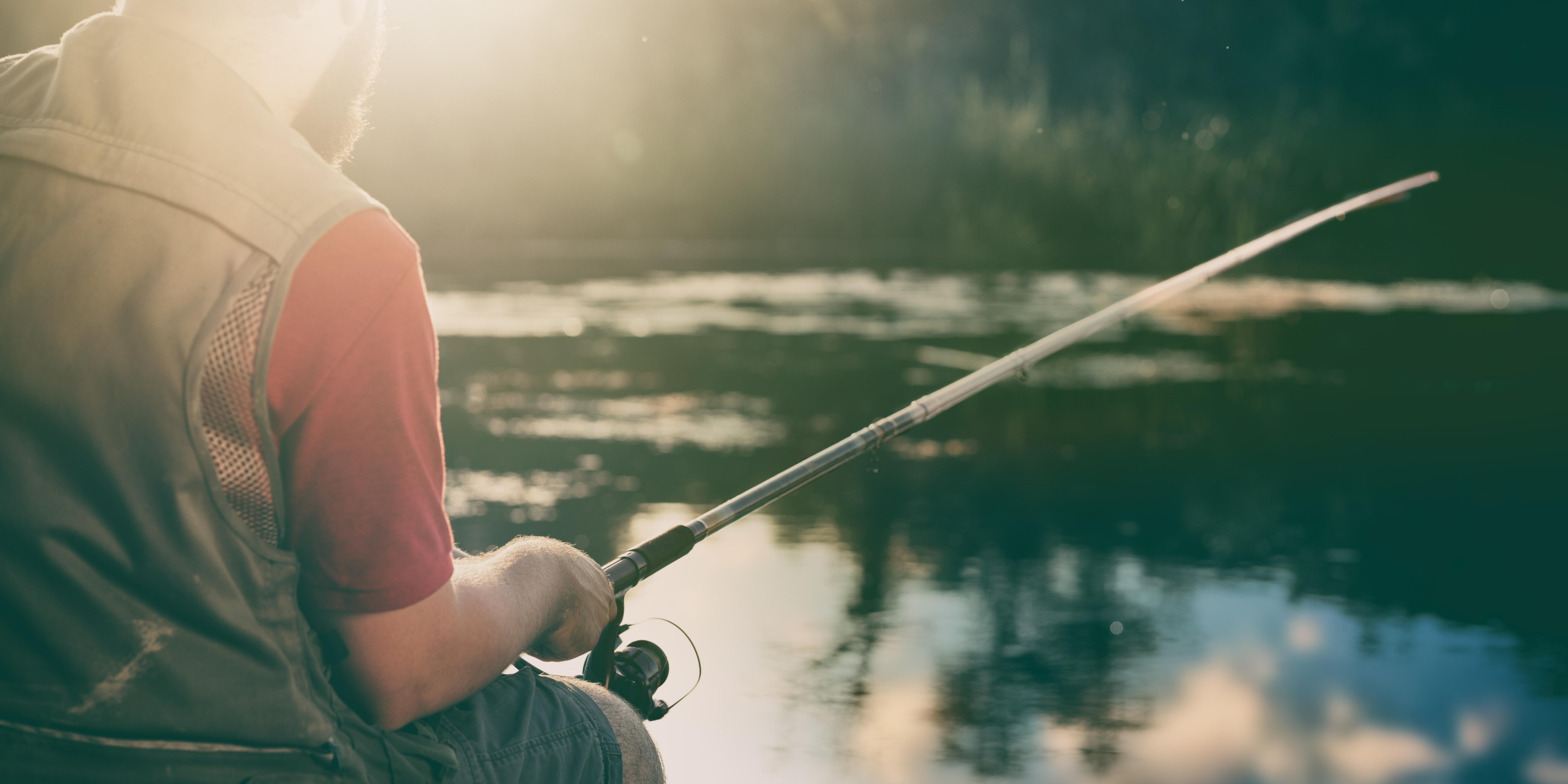 How do you catch barramundi on lures?
How do you catch barramundi on lures?
Barramundi fishing is a popular activity for many people, but it can be hard to catch these fish on lures. What's the secret to consistently catching barramundi on lures? First and foremost, you'll need the right equipment. The most important piece of equipment will be your rod and reel. Your rod should have fibreglass or graphite construction and be medium-heavy to heavy in weight. Your reel should have an open face design with a strong drag system.
A fishing line is also crucial since it will determine how far your lure will travel when you cast it. Barramundi are found in large bodies of water, so you'll want a line that's at least a 15-pound test to ensure that it doesn't break when you cast into deeper waters. Most anglers will use a monofilament line, but if they're fishing in temperatures below 60 degrees F, they may opt for a braided line instead; this material is less likely to kink when exposed to colder water.
The next thing you'll need is the right lure. Plastic fishing lures are very popular for lure fishing because they look like live baitfish, which barramundi love to eat. The best soft plastic lures are those that are 4 to 6 inches in length and have a lot of action. Vibration is key when it comes to attracting barramundi, so choose a lure that produces a lot of noise. Some of the best colours to use are silver, gold, red or white.
If you want to catch barramundi on lures, you'll need to use the right techniques.
Spin fishing
If you're looking for a more traditional alternative to the typical fishing methods of Australia, try spin fishing. A spinning reel allows you to cast out your line up to distances of 100 meters with your lure attached. The spinning reel also lets you easily retrieve your line without having to stop and wind in the line after every cast, which is helpful when you have fish nibbling at your bait. Once hooked on the lure, fish are reeled in using the spinning reel's handle.
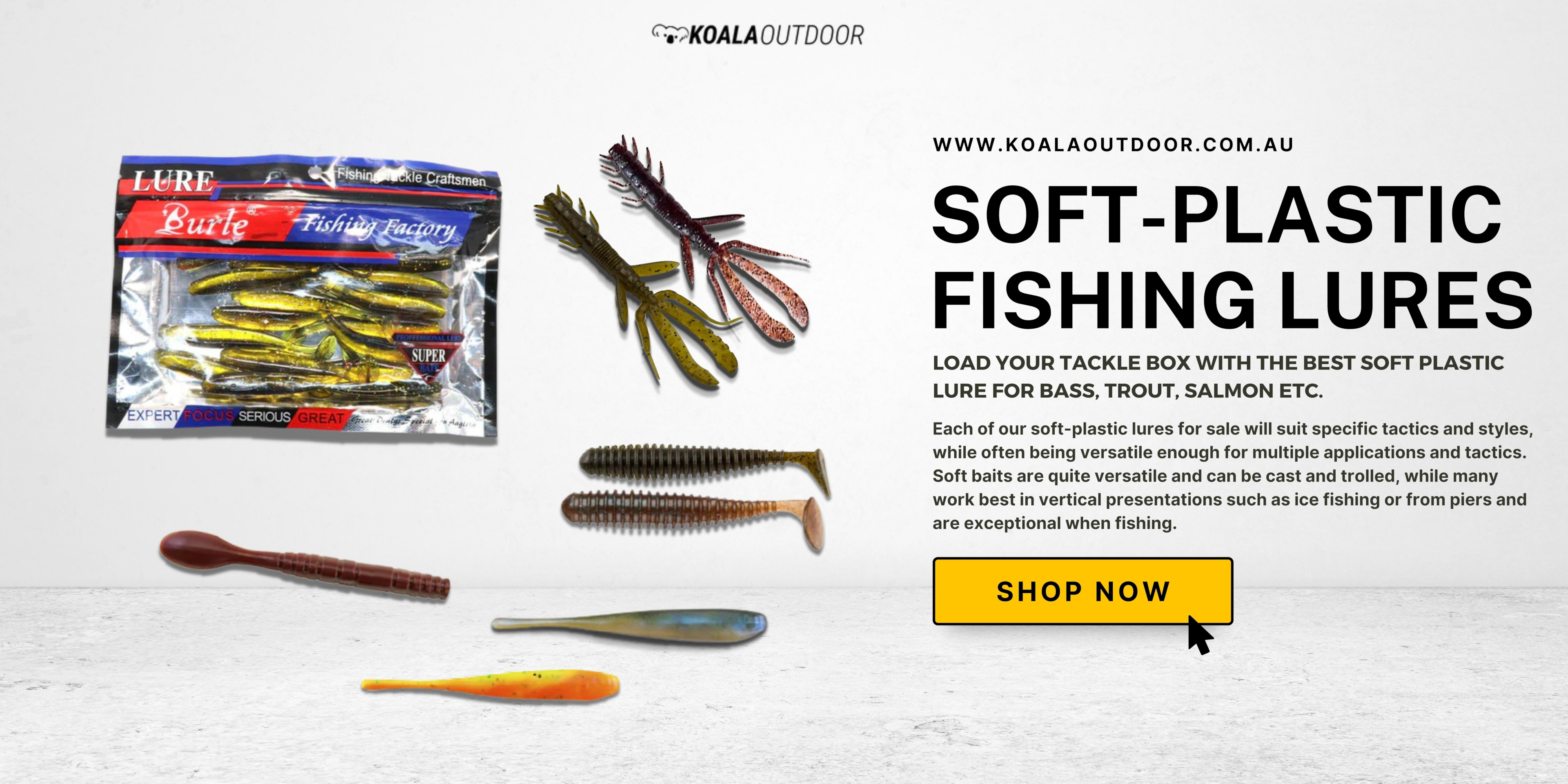 Soft plastics
Soft plastics
Soft plastic lures come in a variety of shapes and sizes and are made with both soft plastic and silicone. Fish are attracted to these plastic fishing lures because of their lifelike appearance and movement, which comes from internal weights that allow them to swim through the water like real fish or squid swim—for example, a shrimp twitching its tail side-to-side looks alive while floating at the surface of the ocean, but if it was stationary it would be all but ignored by predators.
Hardbody lures
Hardbody lures are excellent if you want to catch Barramundi. The ideal hardbody lure will have a slow floating movement and range from 7-10cm in length. Fishing from a boat can be quite productive with live fishing baits being used at low tide around structures such as river mouths, mangroves, and creek banks. However, it's the snags that are best targeted using hardbody lures tied with a dropper loop to increase your chances of hooking into one of these fish.
Jigging
Jigging is a type of fishing where the lure is constantly moving up and down in the water. This can be done by hand but is more commonly done with a special jigging rod that has a built-in lever that does the work for you. Jigging is an effective way to fish because it mimics the movements of injured or struggling baitfish, which are often the easiest for predators to catch.
 Conclusion
Conclusion
Overall, barramundi can be a whole lot of fun to catch. Whether you're chasing them on the fly, or from a boat, there's something undeniably appealing about hooking into one of these giant fish. Chances are, once you've tried it once or twice, you'll be hooked for life. So what are you waiting for? Get out there and start catching barramundi!
Love fishing? Try out the tips above and keep them in mind when you go shopping for the best fishing lures at your favorite fishing gear store in Australia.
With a little practice and patience, you'll be reeling in barramundi like a pro in no time!






